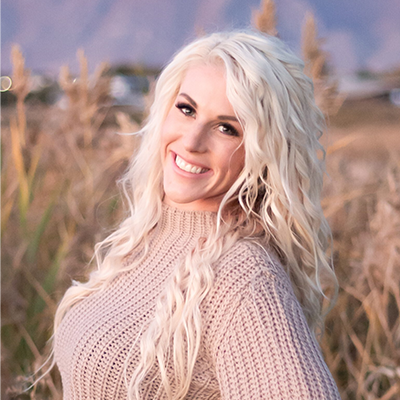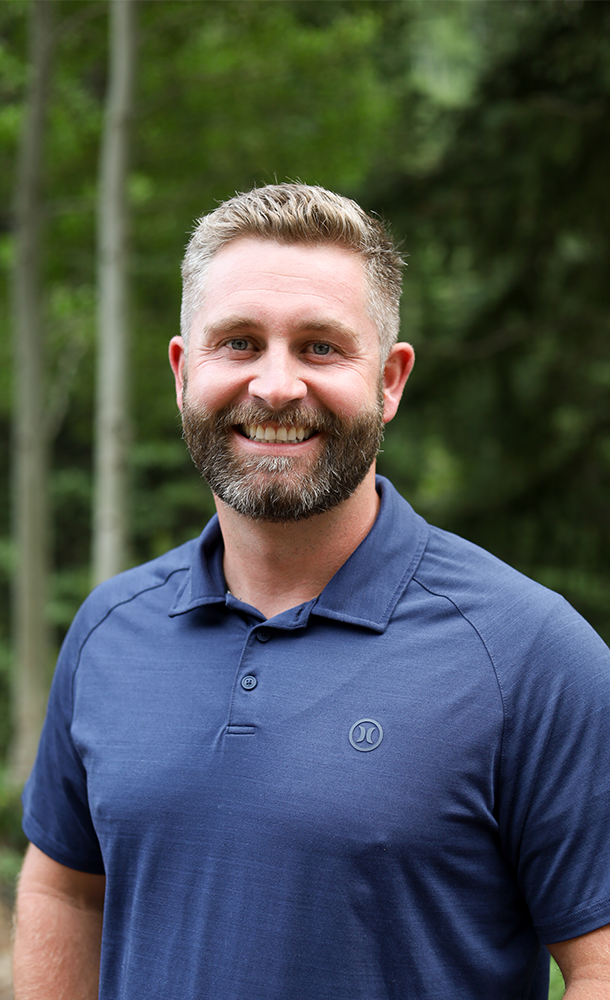Of all risk areas related to a ranch operation, human risk is probably one of the least discussed but most important. Why? Because this area typically involves family members and employees in addition to visitors, neighbors, and service providers; there are going to be feelings involved, and opinions present.
To manage all members effectively, it falls on the owner to consider everyone’s physical, mental, and emotional safety and make decisions that protect their well-being while in the presence of the operation. Flexibility and understanding are important, as is leadership. These attributes, combined, can help ensure much long-term success.
This guide, assembled by Redd Summit Advisors, is the fourth in a five-part series aimed at helping you identify risks and formulate strategies to operate a successful livestock operation. To read the previous installments of this series, click here. Read on for more details and bookmark our blog to stay informed.
Good Human Risk Management Starts with Effective Planning

Everyone involved in your operation at the employee level (this includes family members) should be well informed of rules and expectations so they know how to handle situations related to production management, teamwork, and safety. This is where a Standard Operating Procedure (SOP) becomes helpful. Taking the time to draft, review, and revisit an SOP on a regular basis assures that you’re maintaining an inclusive environment while also meeting your overall business goals.
You can find a variety of SOP templates and descriptions here.
Compensation and Benefits Lead to Higher Employee Satisfaction
How do you compensate your employees and family members for their work? Regular paychecks, in addition to paid time off, life, health, and disability insurance are basic provisions you can offer to help ensure they maintain their heath and feel financially secure should an unforeseen event occur. Illness, accidents, divorce, and death are all real events that can threaten your ranch operation if protective provisions aren’t in place.
Here is some wage and occupational information for agricultural laborers.
A Safe Environment Helps Secure Health and Safety

OSHA classifies agriculture as one of the most dangerous occupations of all, and poorly maintained equipment or facilities only increase the potential for someone on your property to have an accident resulting in death or dismemberment. Don’t ignore repairs or skip taking safety precautions thinking nothing will happen. It’s in these moments that something usually does happen, unfortunately.
Read through an outline of agricultural safety recommendations here.
Proper Insurance Can Decrease Human Liability Concerns

In the modern world, it’s harder to trust the integrity and common sense of some individuals—especially near an agricultural setting. It’s not unheard of for a person to hit a rancher’s cattle with a vehicle (even on open range) and blame the rancher for damage to person or property. It’s also not unheard of for a person to trespass onto fenced property via foot, bicycle, ATV, or motorbike, injure themselves, and then blame the landowner. In all cases, a resulting lawsuit could be financially devastating if you don’t have adequate liability insurance coverage. Examine your current policy and decide if you’re protected adequately from these perils.
You can learn more about agricultural liability insurance here.
Conclusion
Part IV of this risk management guide helps you identify what human risks you may have with your livestock operation and how to manage them effectively. Watch our blog for more posts about risk management and contact us at 1-800-825-2355 to learn more about our Pasture, Rangeland, and Forage (PRF) insurance and Livestock Risk Protection (LRP) insurance.


.jpeg)
.jpg)
%20(1).jpg)
.webp)




